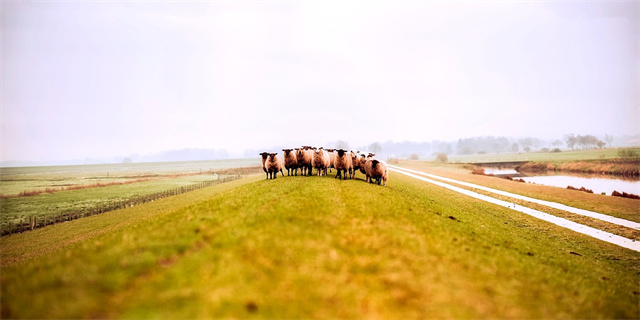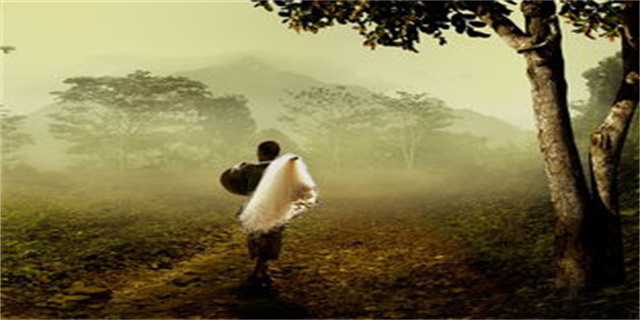lightbox(Understanding Lightbox A Comprehensive Guide)
Understanding Lightbox: A Comprehensive Guide
Introduction to Lightbox
The use of lightbox in web design has become increasingly popular in recent years. Lightbox refers to a design element that allows users to view images, videos, or other media content without leaving the current page. By creating a \"lightbox\" effect, the content appears on top of the page, dimming the background and providing a more focused and immersive experience. In this article, we will explore the different aspects of lightbox, its benefits, and how it can enhance the user experience on websites.

The Benefits of Lightbox in Web Design
Lightbox offers numerous benefits that make it an attractive choice for web designers. One of the primary advantages of using lightbox is its ability to keep users engaged on a website. Instead of redirecting users to a separate page or opening a new tab, lightbox allows them to view the desired content while still staying on the original page. This seamless transition not only improves the user experience but also encourages users to explore more content on the site.

Another significant benefit of lightbox is its visual appeal. With the ability to display images and videos in a larger size, lightbox enhances the viewing experience and captures users' attention. Whether it is showcasing a product in detail or presenting a portfolio of work, the use of lightbox allows for a more immersive and visually appealing presentation. Additionally, lightbox often incorporates sleek animations and transitions, further enhancing the aesthetic value of the content.
Implementing Lightbox Effectively
To implement lightbox effectively, web designers need to consider several key factors. First and foremost, it is essential to ensure that the lightbox design is responsive. With the increasing use of mobile devices, it is crucial that the lightbox content adapts to different screen sizes and orientations. This ensures that users have a consistent experience regardless of the device they are using.
Another aspect to consider is the loading time of the lightbox content. Slow-loading media can lead to frustration among users and even result in a higher bounce rate. Therefore, it is crucial to optimize images and videos to ensure quick and smooth loading within the lightbox. This can be achieved by compressing images and utilizing video formats that allow for faster loading times.
The placement and use of call-to-action buttons within the lightbox also play a vital role in its effectiveness. Careful consideration should be given to the positioning and design of these buttons to encourage users to take the desired action, such as making a purchase or filling out a form. Additionally, designers should ensure that these buttons are easily accessible and prominently displayed, without obstructing the content within the lightbox.
Conclusion
Lightbox is a versatile and valuable design element that can greatly enhance the user experience on websites. By allowing users to view media content without leaving the current page, lightbox keeps users engaged and encourages further exploration. With its visual appeal and seamless transitions, lightbox offers an immersive and captivating viewing experience. However, it is crucial for web designers to implement lightbox effectively by considering factors such as responsiveness, loading time, and the placement of call-to-action buttons. By utilizing these best practices, lightbox can be a powerful tool in creating a more user-friendly and visually appealing website.
版权声明:本文内容由互联网用户自发贡献,该文观点仅代表作者本人。本站仅提供信息存储空间服务,不拥有所有权,不承担相关法律责任。如发现本站有涉嫌抄袭侵权/违法违规的内容, 请发送邮件至3237157959@qq.com 举报,一经查实,本站将立刻删除。
